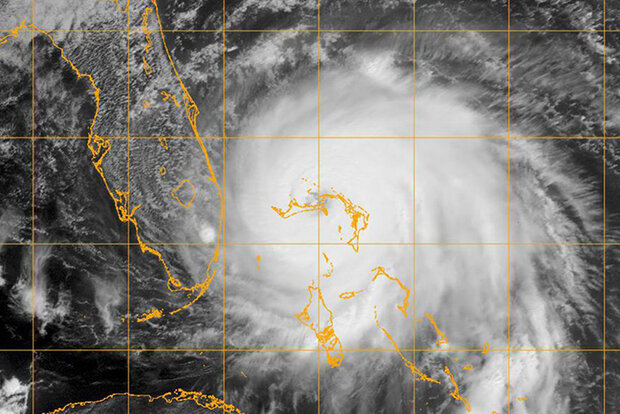Scientists observe rainfall under tropical cyclones reduces sea surface cooling

Hurricane Dorian spins over the Caribbean in 2019. Credit: NOAA

Hurricane Dorian spins over the Caribbean in 2019. Credit: NOAA
Tropical cyclones intensify by extracting heat energy from the ocean surface, making the sea surface temperature under storms crucial for storm development. A recent study by researchers at the Pacific Northwest National Laboratory and NOAA’s Atlantic Oceanographic and Meteorological Laboratory found that large amounts of rain under tropical cyclones can reduce the sea surface cooling induced by them.
When the strong winds of a tropical cyclone move over the ocean, mixing and upwelling bring colder, deeper water up to the surface layer, resulting in a cooling of the sea surface temperature. This is the ocean’s primary response to a hurricane, and it acts as a negative feedback on the storm’s intensity, because the cooler the ocean is, the harder it is for the liquid water to become vapor and fuel the storm’s clouds.
Using a variety of observations, high-resolution climate model simulations, and numerical experiments with an ocean mixed layer model, scientists demonstrate that rainfall under weak tropical cyclones can significantly reduce the magnitude of cold wakes induced by them. Less sea surface cooling allows tropical cyclones to better maintain their strength and even intensify.
Read more at the link below.